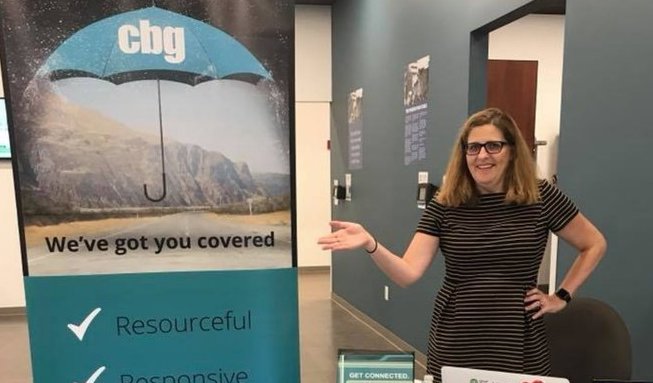Just started accepting credit cards in QuickBooks, or considering it? Here are answers to some of the questions you probably have.
There’s no better way to accelerate your cash flow than by accepting credit cards. Many businesses use credit cards to pay bills, which makes processing and tracking fast and easy for you.
If you haven’t set up an Intuit Merchant Services account yet, we can help you get started and walk you through your initial transactions. Accepting cards within QuickBooks itself is fairly easy, but navigating the Merchant Service Center can be challenging at first.
Here are some of the basics you’ll want to know about when you’re getting started:
What credit cards are eligible for electronic payments?
Visa, Mastercard, American Express and Discover Network.
How and where can I accept credit cards?
You can:
- Enter card numbers in QuickBooks or swipe the card using a reader
- Accept payment immediately via an online invoice
- Process a charge on your website
- Access the Merchant Service Center directly
- Use a QuickBooks Point of Sale terminal at your retail location, or
- Get a free GoPayment card reader and swipe cards or enter the numbers on your mobile device.
What fees are involved?
Credit card transactions, of course, incur fees, since you’re paying more than one financial institution to do the actual movement of funds. Your improved cash flow, though, may more than makeup for these charges.
You’ll pay discount fees, which involve the basic rate you pay for processing transactions. There are a number of factors that go into establishing your rate, like your input method (card-swiping or manual entry). The transaction fee, a flat rate, covers electronic authorization costs. There may be other fees based on special circumstances.
There are actions you can take to keep these fees minimal.
How soon does the money reach my bank account?
This can vary based on a number of factors, but generally within 2-3 business days. This waiting period is called time to funding.
What happens if a credit card charge needs to be reversed?
This is called a chargeback, and there are numerous reasons that they can be necessary, like:
- The customer claims not to have received the merchandise ordered, or that a product was defective
- The signatures don’t match, or
- A transaction was entered twice.
You can minimize these by following industry best practices. For example, require proof of delivery. Use the Address Verification Service (AVS) to ensure that the address was given matches that of the cardholder. Get an actual card imprint whenever possible.
This is another area where we’d like to step you through the process before you start off on your own.
Is the process secure?
Date security is at the top of everyone’s minds, including the financial institutions involved – and you. The major credit card associations (Visa, Mastercard, etc.) share the same standards regarding how your data (and that of your customers) is stored, processed and transmitted. This is called the Payment Card Industry Data Security Standard. Both you and the financial institutions involved agree to comply with this standard, which will be clearly spelled out for you.
How difficult is it to accept mobile payments?
Not very. You’ll find that this ability will likely increase your sales depending on how you do business.
Can I also accept debit cards and checks?
Debit cards, yes. If you’re going through QuickBooks or GoPayment, they must be issued by Mastercard or Visa. You can accept checks – even scan them and send them directly to the bank – but there are separate fees for these transactions. You or your customers can enter routing and bank account information to complete a sale.
One of the most common issues we deal with is cash flow since many businesses want to improve it. Accepting electronic payments is one step we suggest. We’d be happy to get you set up and/or answer questions that you have.

